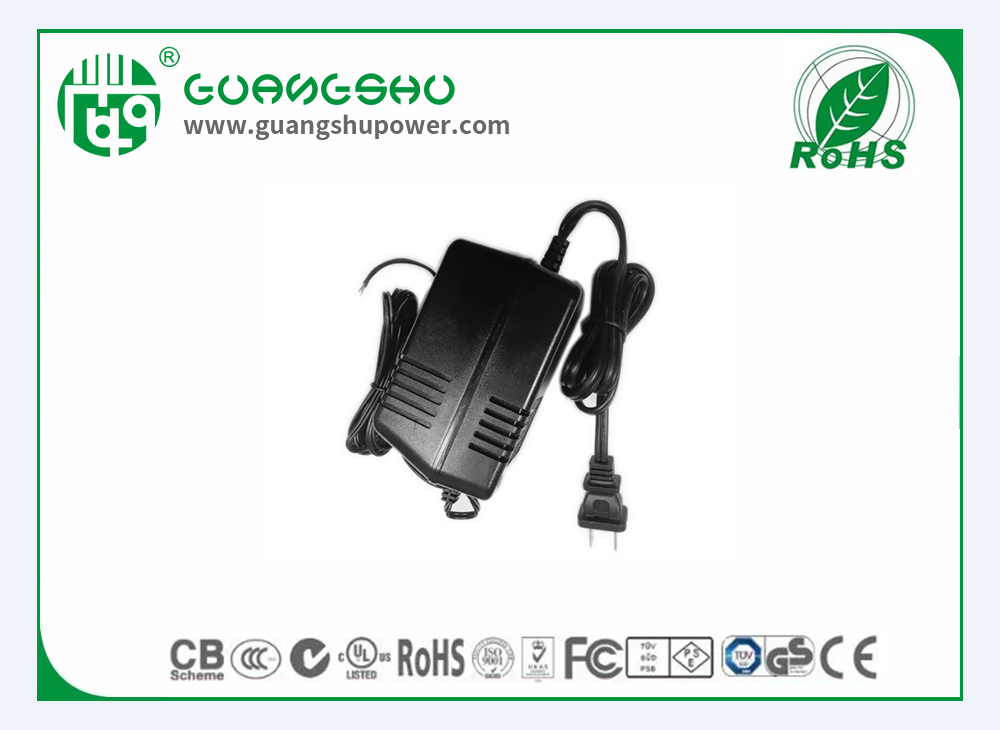Time:2025-02-13 Views:0

A power adapter, also known as a power supply unit (PSU) in some cases, serves a crucial role in modern electronics. Its primary function is to convert electrical power from one form to another to meet the specific requirements of electronic devices.
Most electronic devices are designed to operate at a specific voltage and current level. However, the electrical power available from the mains supply (such as the wall socket) usually has a different voltage and may be in an alternating current (AC) form. For example, in many countries, the mains voltage is around 110 240 volts AC, while electronic devices like laptops, smartphones, and small appliances often require a much lower and direct current (DC) power source.
A power adapter steps down the high voltage AC from the mains to a lower, more suitable voltage and then converts it into DC. For instance, a laptop power adapter typically takes the 110 240V AC input and converts it to a 19 20V DC output to power the laptop. This conversion is essential because using the wrong voltage or current can damage the electronic device or cause it to malfunction.
Power adapters also help in isolating the device from the mains supply, providing a measure of electrical safety. They can protect the device from power surges, spikes, and other electrical disturbances that may occur in the mains. Some power adapters are also equipped with additional features such as over voltage protection, over current protection, and short circuit protection to safeguard the connected device.
In addition, power adapters come in various shapes and sizes to accommodate different devices and applications. They can be small and portable, like the ones used for mobile phones, or larger and more powerful, like those for desktop computers or industrial equipment.
Read recommendations:
8.4V US standard battery charger single color light